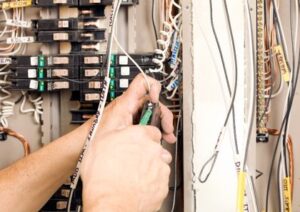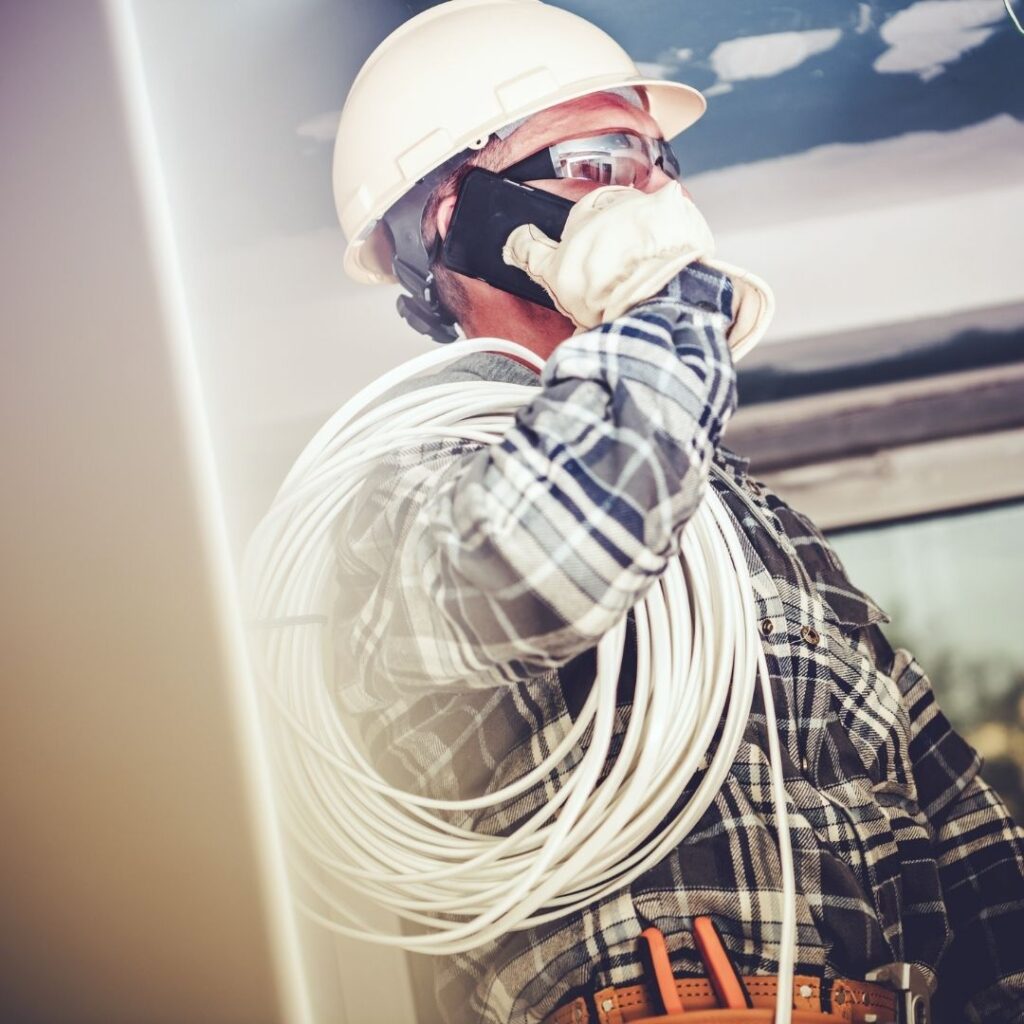The path to learning how to become an industrial electrician offers rewarding opportunities in a field that powers modern manufacturing, infrastructure, and technology. Unlike residential electrical work, industrial electrical systems involve complex machinery, high-voltage equipment, and specialized safety protocols. This comprehensive guide breaks down exactly how to become an industrial electrician, from education requirements to career advancement.

Understanding the Industrial Electrician Role
Before exploring how to become an industrial electrician, you should understand what the job entails. Industrial electricians install, maintain, and repair electrical systems in factories, plants, and manufacturing facilities. Their work differs from Commercial Electrician Services as it focuses on heavy-duty equipment rather than office or retail spaces.
Key responsibilities include:
- Troubleshooting motor controls and programmable logic controllers (PLCs)
- Maintaining high-voltage distribution systems
- Reading complex blueprints and schematics
- Ensuring compliance with industrial safety standards
Educational Requirements for Industrial Electricians
The first step in learning how to become an industrial electrician involves formal education. Most professionals begin with:
- High School Diploma or GED – Focus on mathematics, physics, and technical courses
- Trade School or Apprenticeship – Specialized programs in industrial electrical systems
- Certifications – Industry-recognized credentials for specific equipment
Many aspiring electricians start with general electrical training before specializing. For example, some begin in Cable Installation before moving into industrial work.
Apprenticeship: The Core of Industrial Electrical Training
A critical phase in how to become an industrial electrician involves completing an apprenticeship. These paid training programs typically last 4-5 years and combine classroom instruction with on-the-job training under licensed professionals.
Apprentices learn:
- Electrical theory and code requirements
- Safety protocols for industrial environments
- Equipment-specific maintenance techniques
- Advanced troubleshooting methods
Some apprenticeships specialize further, such as programs for becoming an Electrician Level 2 Sydney, which includes additional certification for working on energised electrical networks.
Licensing and Certification Requirements
After completing an apprenticeship, the next step in how to become an industrial electrician involves obtaining proper licensing. Requirements vary by location but generally include:
- Passing a comprehensive examination
- Documenting work experience hours
- Maintaining continuing education credits
Many industrial electricians pursue additional certifications like:
- PLC programming credentials
- Industrial electrical safety certifications
- Equipment manufacturer-specific training
Professionals working with data infrastructure often study the difference between cat5e and cat6a to handle industrial networking needs.
Essential Skills for Industrial Electricians
Beyond formal education, successfully learning how to become an industrial electrician requires developing specific skills:
Technical Skills:
- Advanced electrical system diagnostics
- Motor control systems expertise
- Instrumentation and control wiring
Analytical Abilities:
- Complex problem-solving
- Schematic interpretation
- Load calculation proficiency
Safety Competence:
- Lockout/tagout procedures
- Arc flash protection
- Hazardous location protocols
Many industrial electricians train at an Electrical Test House to refine these critical skills before entering the field.

Career Pathways and Specializations
After mastering the fundamentals of how to become an industrial electrician, professionals can pursue various specializations:
- Maintenance Electricians – Focus on equipment reliability and preventive maintenance
- Control Systems Technicians – Specialize in automation and PLC systems
- High-Voltage Electricians – Work with industrial power distribution
- Electrical Inspectors – Ensure compliance with safety standards
Some transition into Industrial Electrician Services management roles, overseeing teams and projects.
Work Environment and Conditions
Understanding how to become an industrial electrician includes preparing for challenging work environments:
- Manufacturing plants and factories
- Oil refineries and chemical plants
- Power generation facilities
- Mining operations
These settings often involve:
- Working at heights or in confined spaces
- Exposure to loud noise and extreme temperatures
- Strict safety protocols and protective equipment
Salary Expectations and Job Outlook
As you research how to become an industrial electrician, consider the financial and employment outlook:
- Median salaries typically exceed residential electrician wages
- Overtime opportunities are common in manufacturing
- Industries facing skilled labor shortages offer premium compensation
- Union positions often provide additional benefits
Companies like Lightspeed Electricals frequently seek qualified industrial electricians to meet growing demand.
Continuing Education and Advancement
The process of how to become an industrial electrician doesn’t end with initial certification. Successful professionals:
- Stay current with electrical code updates
- Learn new technologies like renewable energy systems
- Pursue supervisory or management training
- Obtain additional specialty certifications
Many industrial electricians eventually start their own contracting businesses or move into training roles.

Challenges and Rewards of the Profession
Those learning how to become an industrial electrician should understand both the challenges and rewards:
Challenges:
- Physically demanding work
- Potential hazardous conditions
- Continuing education requirements
Rewards:
- Above-average earning potential
- Job security in essential industries
- Opportunities to work with cutting-edge technology
- Satisfaction from maintaining critical infrastructure
Getting Started in Your Industrial Electrical Career
Now that you understand how to become an industrial electrician, take these steps to begin your journey:
- Research apprenticeship programs in your area
- Connect with local trade unions or professional associations
- Shadow experienced industrial electricians
- Enroll in relevant technical courses
- Apply for entry-level positions with electrical contractors
For those in Sydney considering this career path, exploring opportunities with Lightspeed Electricals could provide valuable industry connections.
Conclusion: Building a Future as an Industrial Electrician
Learning how to become an industrial electrician opens doors to a stable, well-compensated career in a technically challenging field. From the initial educational requirements through apprenticeship and specialization, this profession offers continuous learning opportunities and career growth potential. As industries increasingly rely on complex electrical systems and automation, skilled industrial electricians will remain in high demand.
Whether you’re just starting to explore electrical careers or looking to transition from residential or Commercial Electrician Services, the path to becoming an industrial electrician provides rewarding opportunities for those willing to develop the necessary skills and knowledge. With proper training and dedication, you can build a successful career powering the industries that drive our economy.


